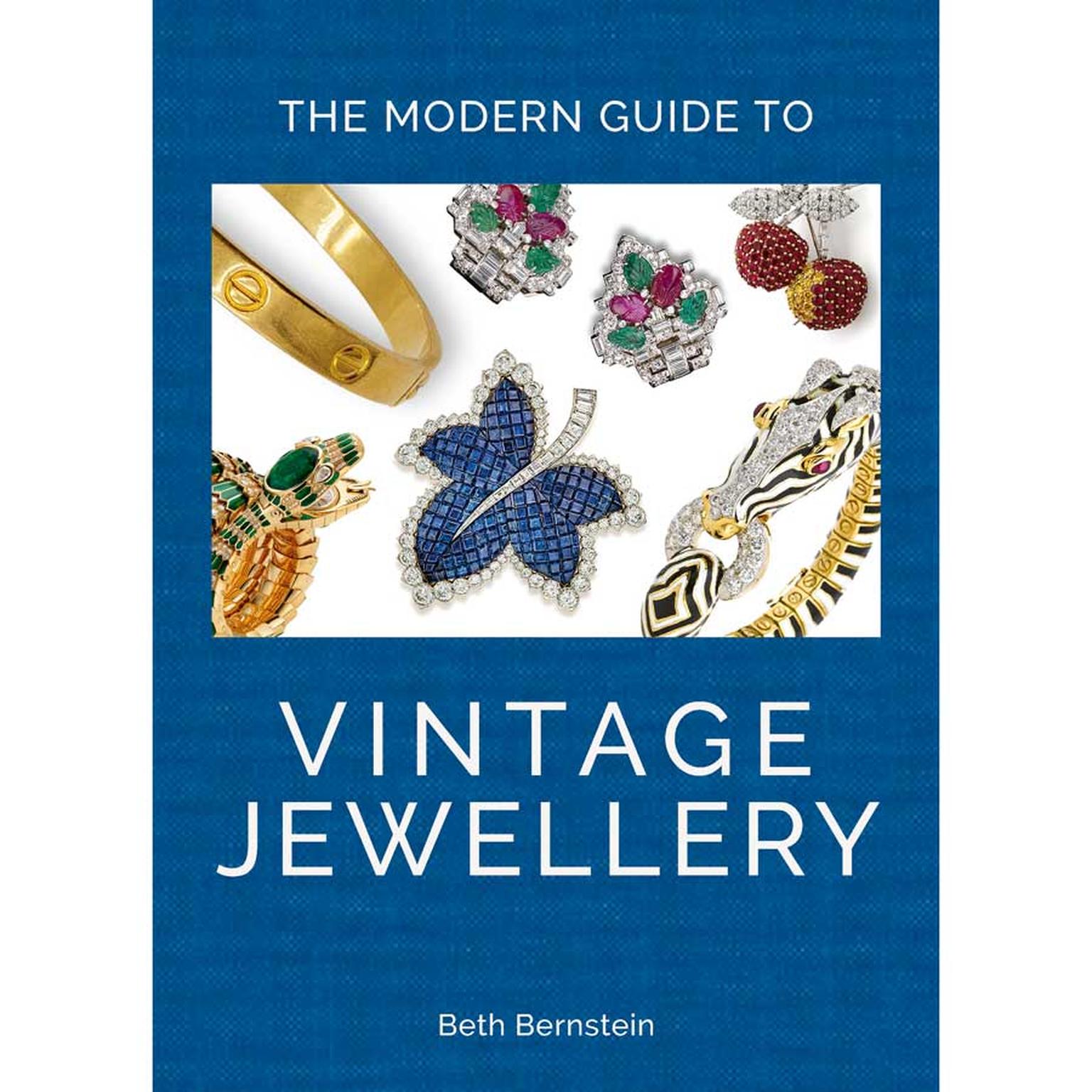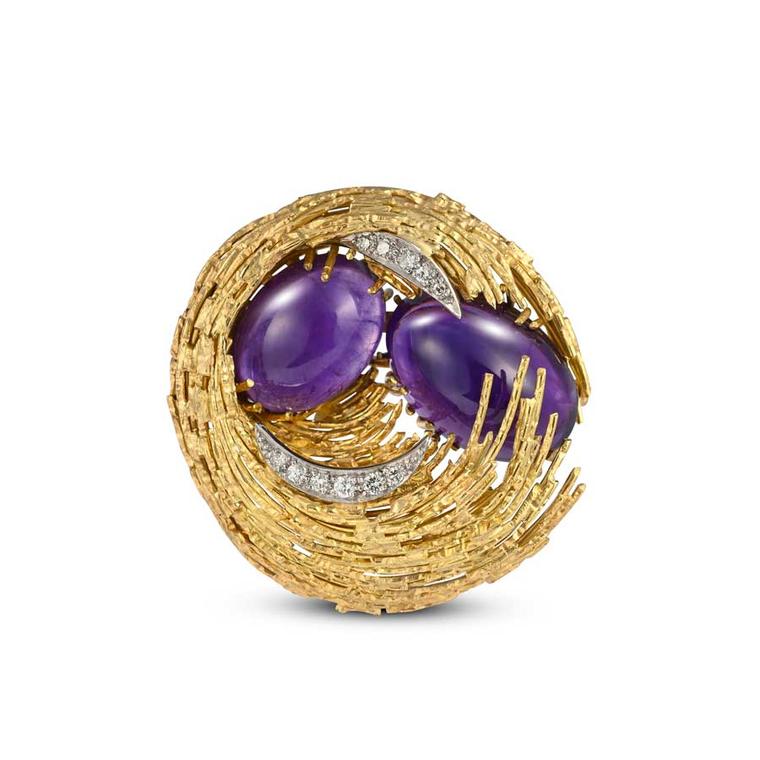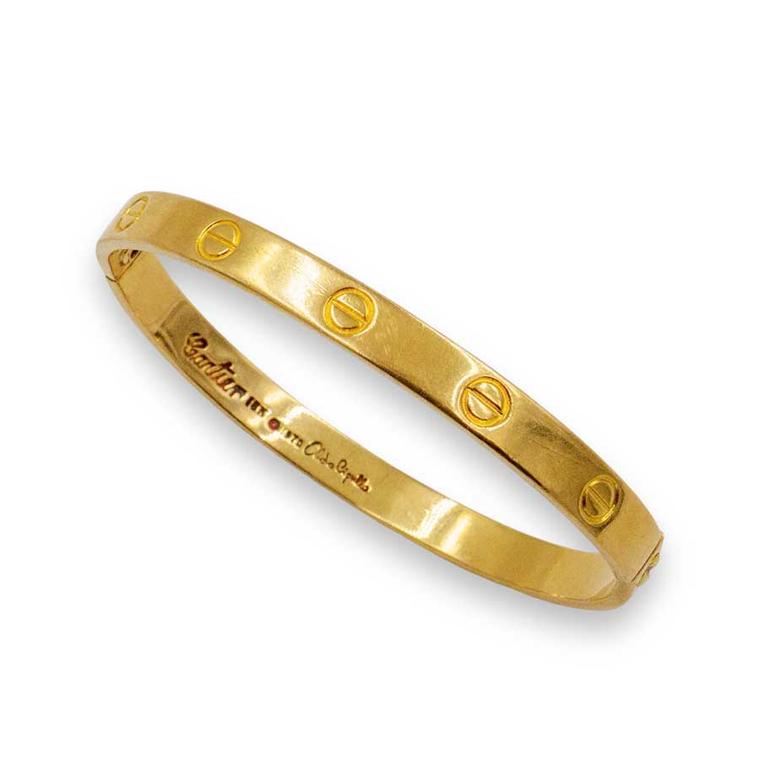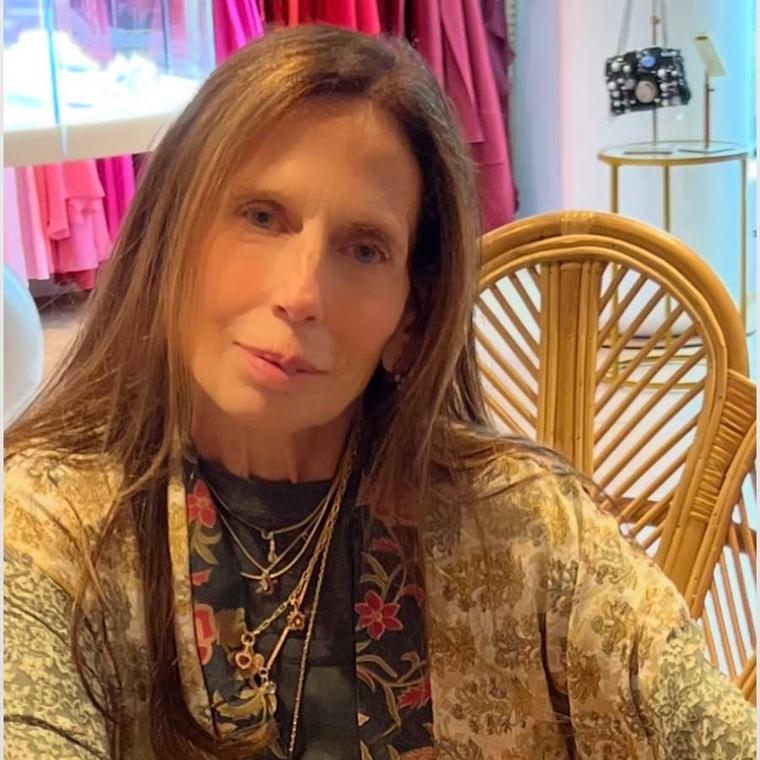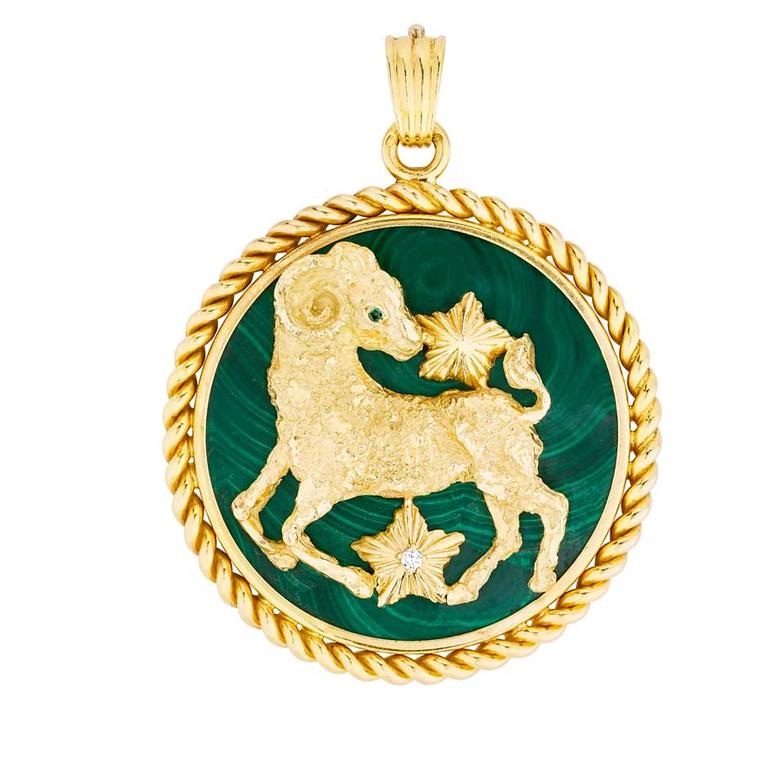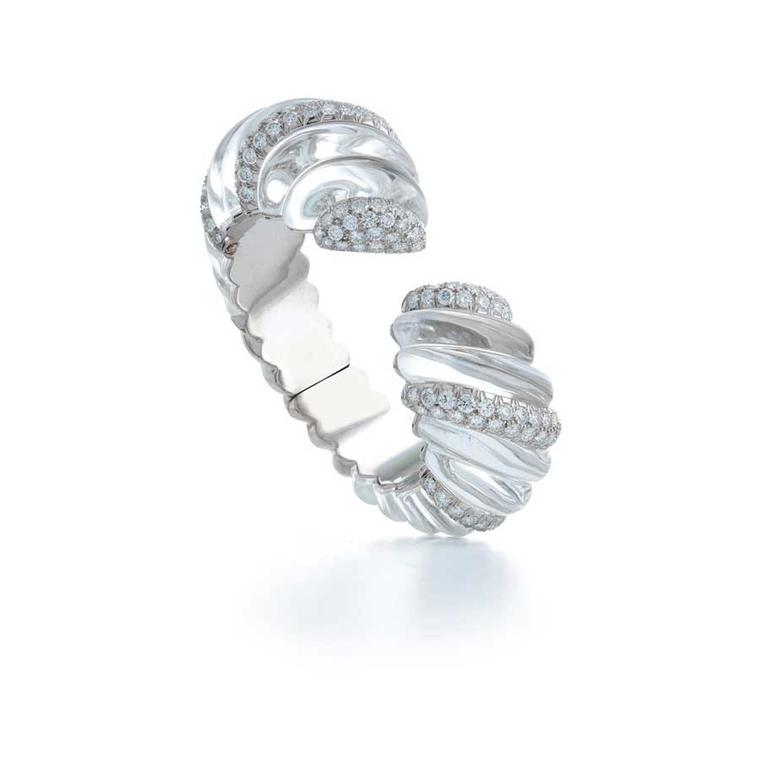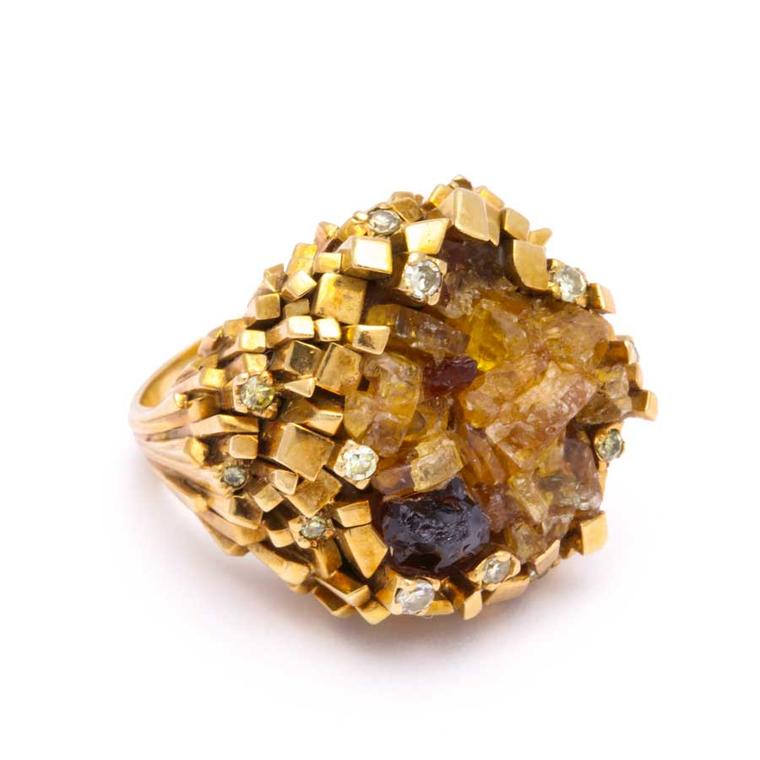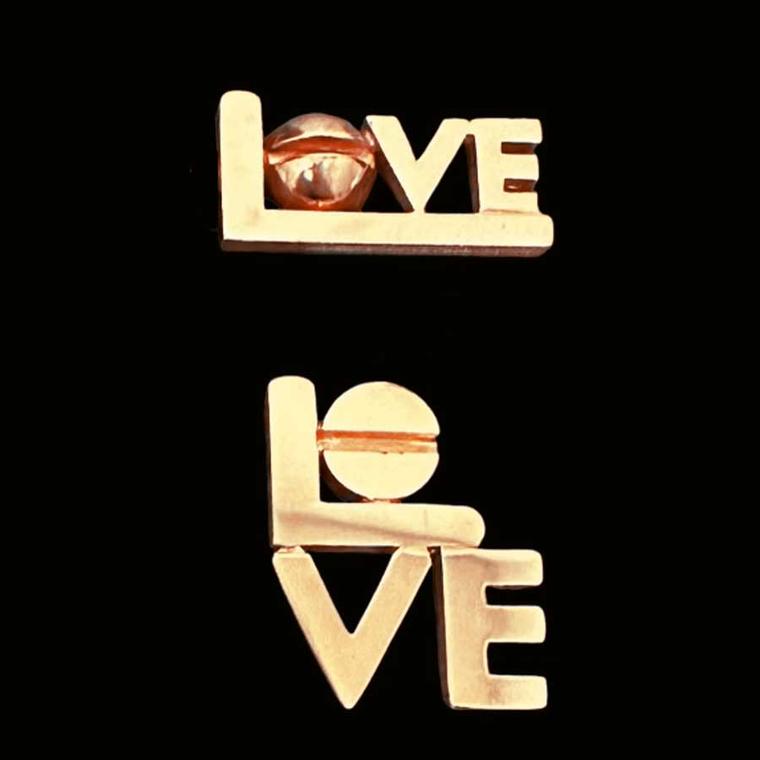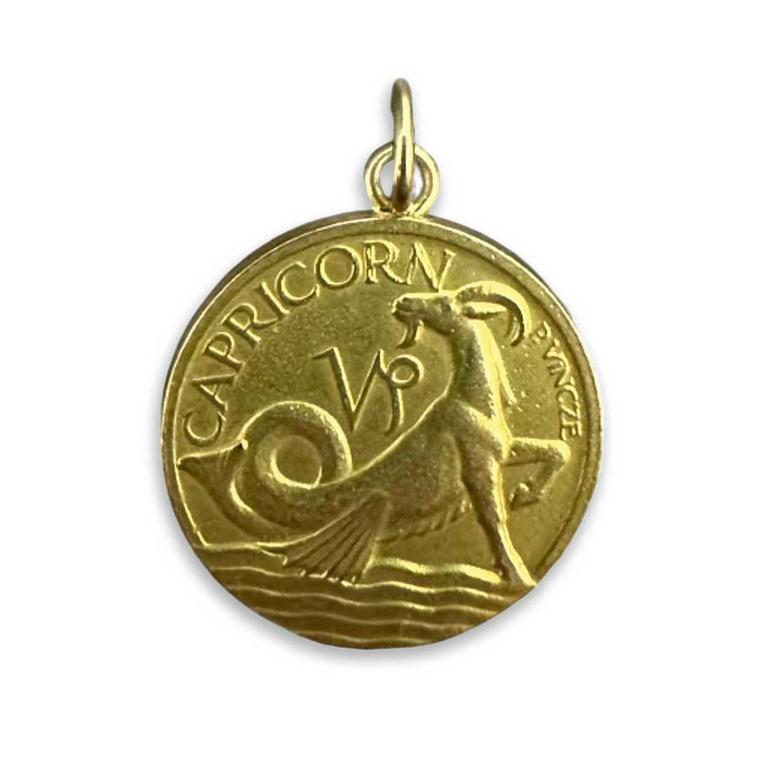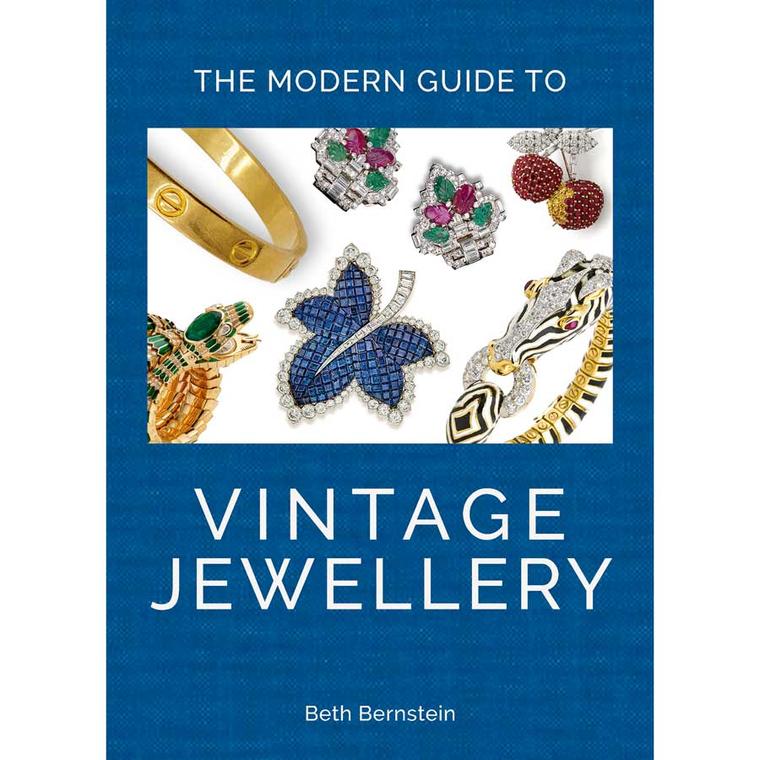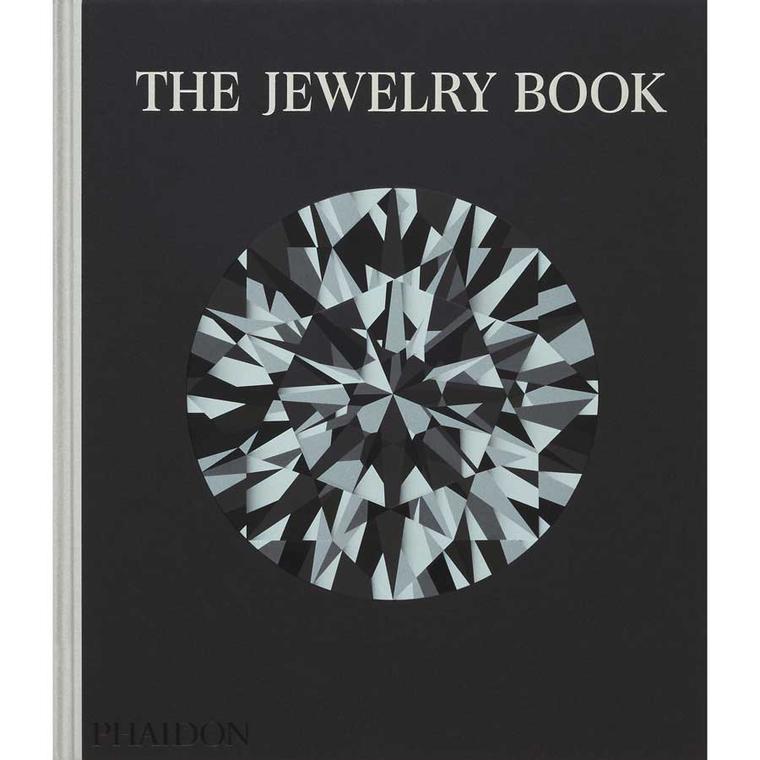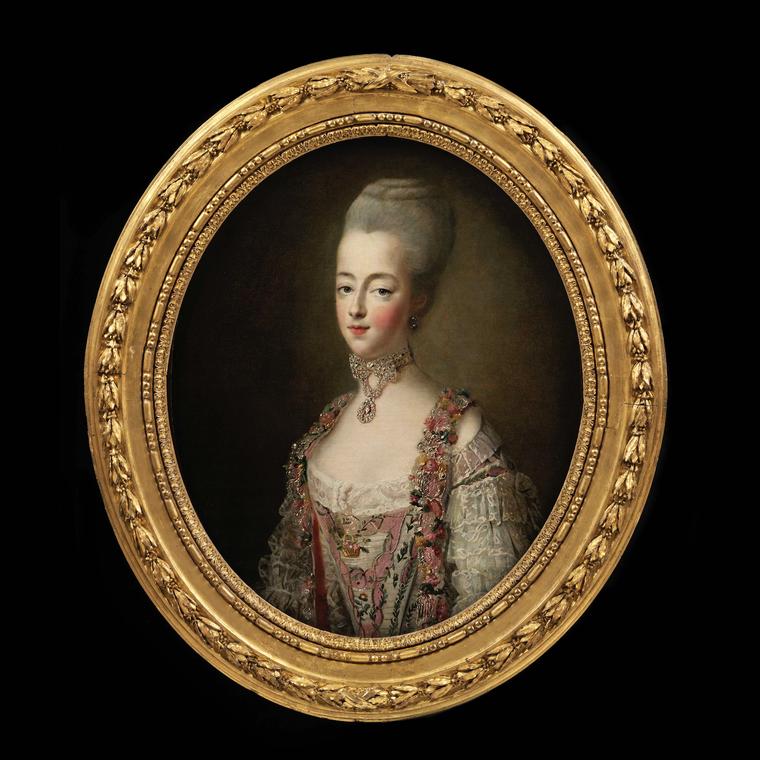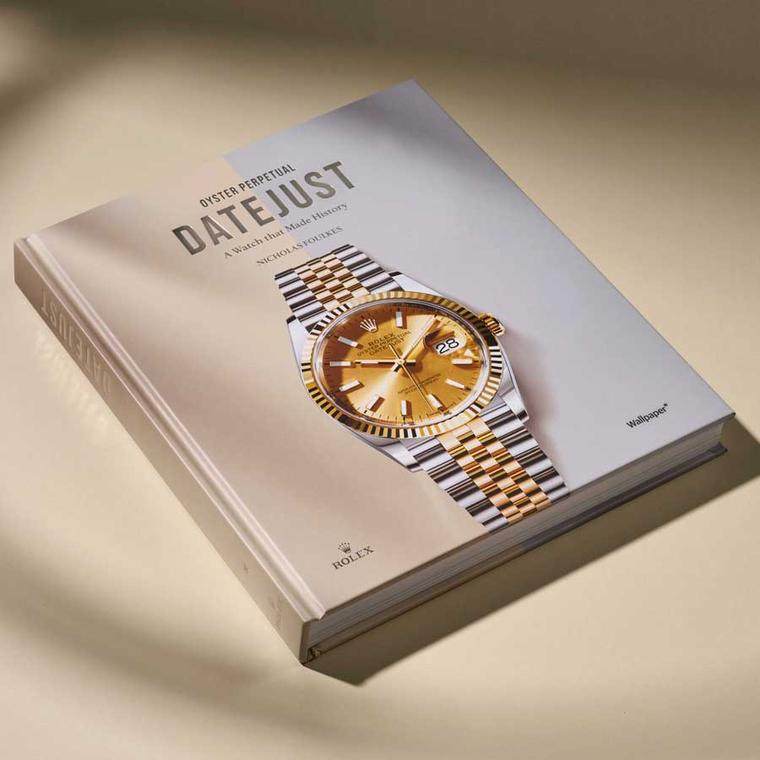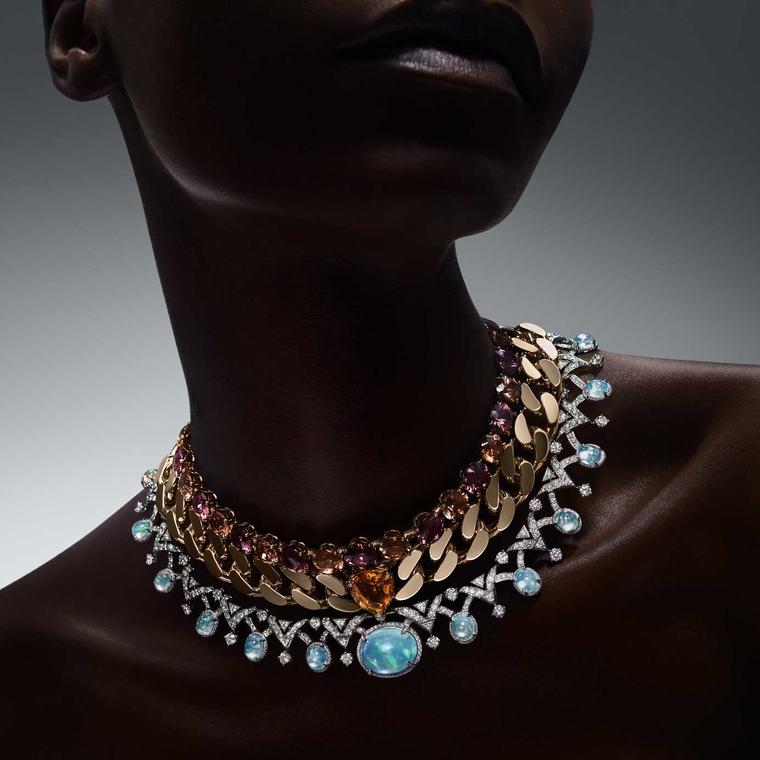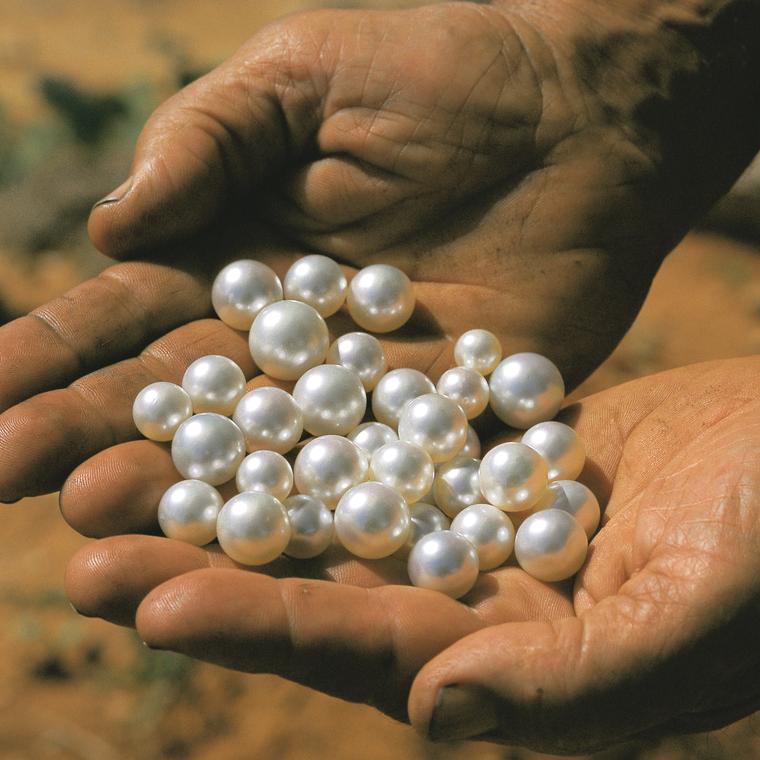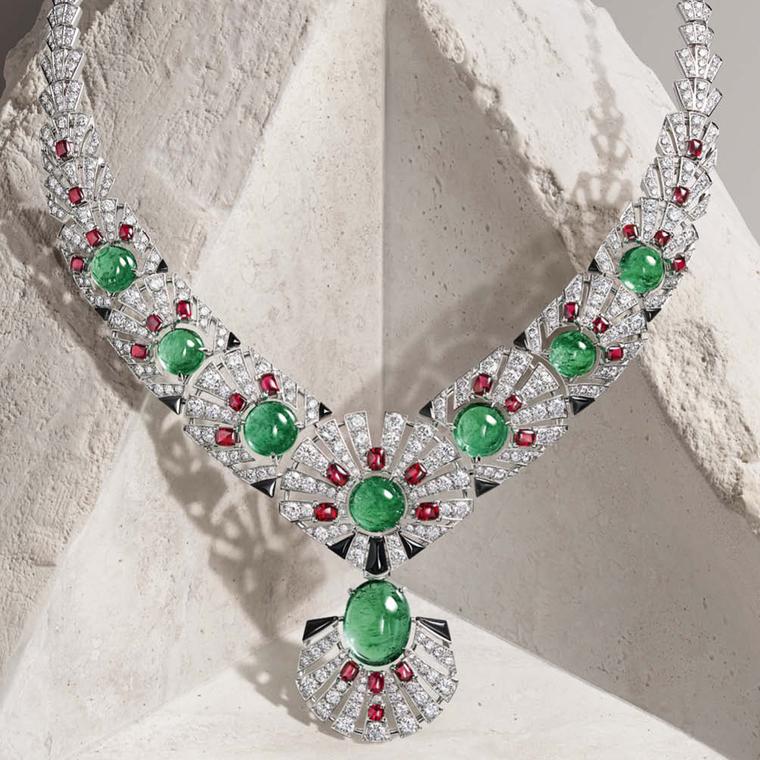Writer and contributor to The Jewellery Editor, Beth Bernstein explains why she chose to write this book for vintage jewellery lovers and why she focuses on the ‘30s through ‘80s :
My latest book The Modern Guide To Vintage Jewellery (ACC Artbooks, Oct 2025) traces the key eras from the modern innovations of the 1930s to the wartime ingenuity of the ’40s, the charm-laden optimism of the ’50s, the rebellious and revolutionary times of the ’60s, the glitter and glamour of the ’70s and the career woman confidence of the early ’80s. Throughout, I focus on the cultural and social shifts of each period and highlight the most popular looks, innovative materials, techniques and craftsmanship, the maisons and jewellers that define the times and continue to resonate with today’s starter and consummate collectors.
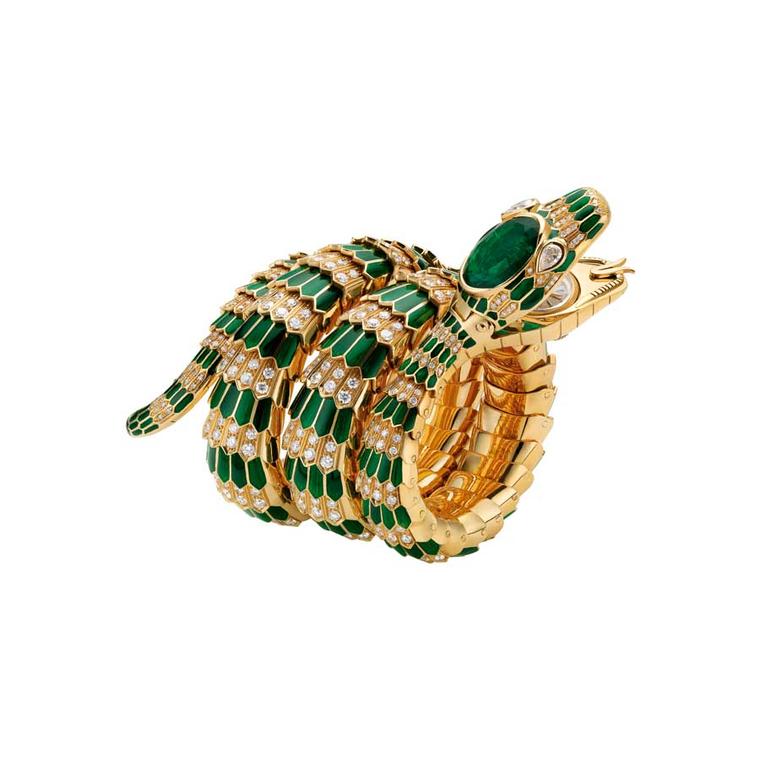
For this article, we travel from the 1960s through the 1980s which saw radical changes in jewellery—pieces that have become more desirable in approximately the past five years. This is due in part to the cyclical nature and what we have been seeing on the international ready-to-wear runways—a homage to these decades—as jewellery tends to follow fashion in the periods in which it was designed and now in the vintage feel that continues to emerge in clothing.
Moreover, the iconic jewels of those decades are still produced today or based on the heritage or archival jewels of those decades leading to both revival of the vintage and the emergence of new incarnations. The established jewellery houses of Van Cleef & Arpels, Bulgari and Cartier as well as David Webb were savvy enough to understand the cultural changes that were taking place and introduced styles that perfectly bejewelled the fashions and represented the times in which they were made. The jewellery became more relaxed, versatile, designed primarily in yellow gold and inspired by the movement toward pieces that could be worn anywhere and anytime of the day, all aspects which feel modern again.
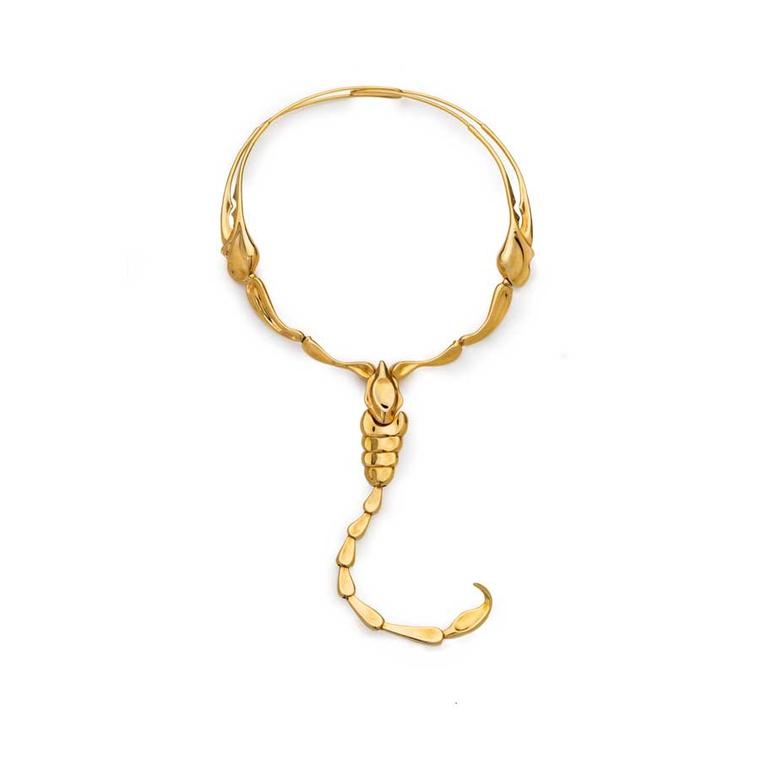
Notable Trends from The ‘60s through the ‘80s that are popular in vintage jewellery today:
-For the younger collectors, this time span seems brand new and relates back to the whole idea of what Diana Vreeland (then Editor in Chief of American Vogue ) dubbed the ‘youthquake’ in the 1960s– a movement initiated by young people’s values, tastes and pop culture references. Other influence affecting the decade included the Swinging Sixties in which Mary Quant, Biba, Ossey Clark, and indie designers on Carnaby Street and The King Road were creating an unconventional take on fashion as second-wave feminism and the rise of Artist Jewellers in London took hold. This prompted individualism and led women to begin buying their own jewellery as a statement of their own identity (as they do today) so it makes sense that the contemporary self-purchaser would connect with that time in history.
-The artist jewelers in London were launched into the spotlight including David Thomas, Andrew Grima (above), Gerda Flöckinger and John Donald. Many of these jewellers worked with heavily textured or rough-hewn gold and uncut, rough or unusual gemstones that were more everyday type of jewellery. This movement of the period has become highly collectible (when found) at dealers, vintage shops and auction houses.
-At the end of the sixties, jewellery took on a meaningful slant and looked to the stars and space travel. Astrology was perhaps the strongest influence from the major houses. This continued into the ’70s, when the trend exploded. Tiffany & Co. designed pendants with astrological imagery on the front and glyphs on the reverse. David Webb also dabbled in two-tone platinum and gold textural zodiac glyphs. In the ‘70s, more and more established houses such as Van Cleef & Arpels would go on to create their own astrological designs in different incarnations. All of these are extremely collectible and are also more easily found than some of the other vintage one-of-kind or limited edition pieces from these houses.
-In keeping with meaningful pieces, in 1968, Van Cleef & Arpels introduced the all-gold ‘Alhambra’ necklace for a more casual daytime approach to jewellery. The original version of the necklace featured 20 gold clovers stationed on a long chain. It would go on to be one of the most popular pieces in the early ’70s, featuring different hard stones. It’s still iconic and the vintage versions are sought after by those who prefer storied or historical pieces rather than the new.
-Anything Aldo Cipullo designed, from the symbolic Love Bracelet (above) in 1969 throughout the years he worked for Cartier New York, which was then owned by the Kenton Corporation , is collectible and also became a staple of the company’s best sellers when Cartier New York was merged back together with London and Paris into a global company in 1974.
-The celebrity factor influenced women buyers as well. For example, the Schlumberger enamel bracelets, in different colours spiked with gold became so synonymous with Jacqueline Kennedy that the press dubbed them the ‘Jackie bracelet’ and other celebrities as well as international women wanted to own them and still do today.
Both Cipullo and Elsa Peretti understood the disco nightlife of the 70’s and created pieces that worked under the flashing neon lights as well as pieces women could wear to work. David Webb did the same. He was designing brave outspoken jewellery that was in keeping with the second feminist wave and the sexual revolution. He saw his customer as the self-purchasing woman before it became the major shift in how jewellery started and continues to be bought in the 21st century.
In the mid-’60s, Bulgari began to create jewellery to wear every day that was still elegant. While the renowned House’s ‘Serpenti’ pieces continued to attract the attention of stars, style-setters and socialites, it was the Monete collection that truly took on the ’70s vibe, and both are still popular among collectors and celebrities.
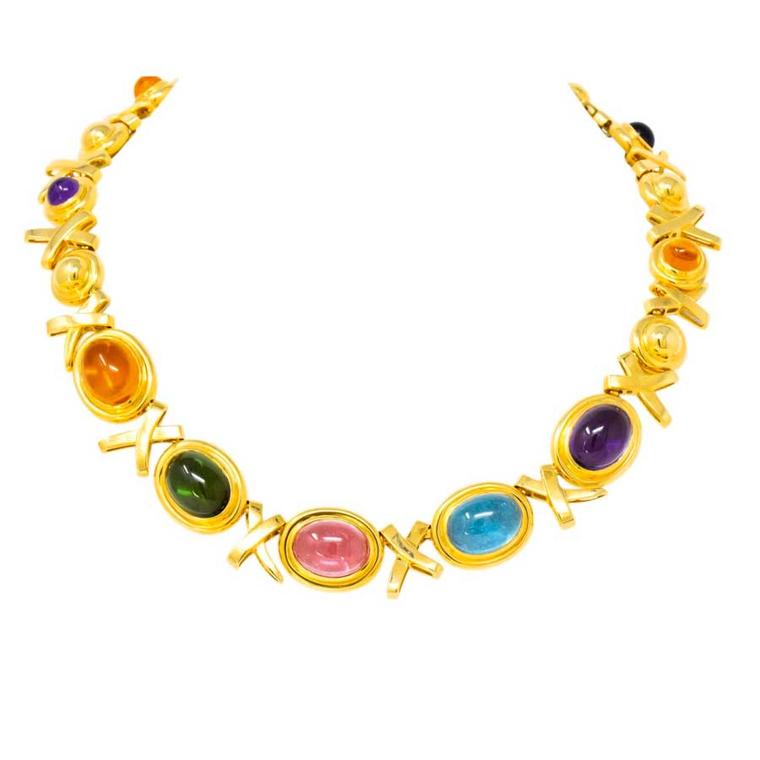
The pieces from women designers such as Elsa Peretti (whose jewellery launched in the ‘70s), Paloma Picasso (above) and Angela Cummings all who designed for Tiffany & Co. (Angela Cummings then went out on her own) and Marina B. captured the zeitgeist of the ‘80s career woman as she climbed the corporate ladder. The designs were bold and confident and still are to this day.
Please don’t hesitate to reach out with any questions on IG @bethbjeweled.
If you would like to discover more about these decades as well as the ‘30s-‘50s, who owned and wore pieces that were distinctive to these periods, learn about mixing different jewels from various eras, how the legendary maisons and lesser known designers contributed to the styles, you can find The Modern Guide To Vintage Jewellery on Amazon UK, at independent bookstores and on the publishers website. It is the second in the series and companion to The Modern Guide To Antique Jewellery (ACC Artbooks 2022).


